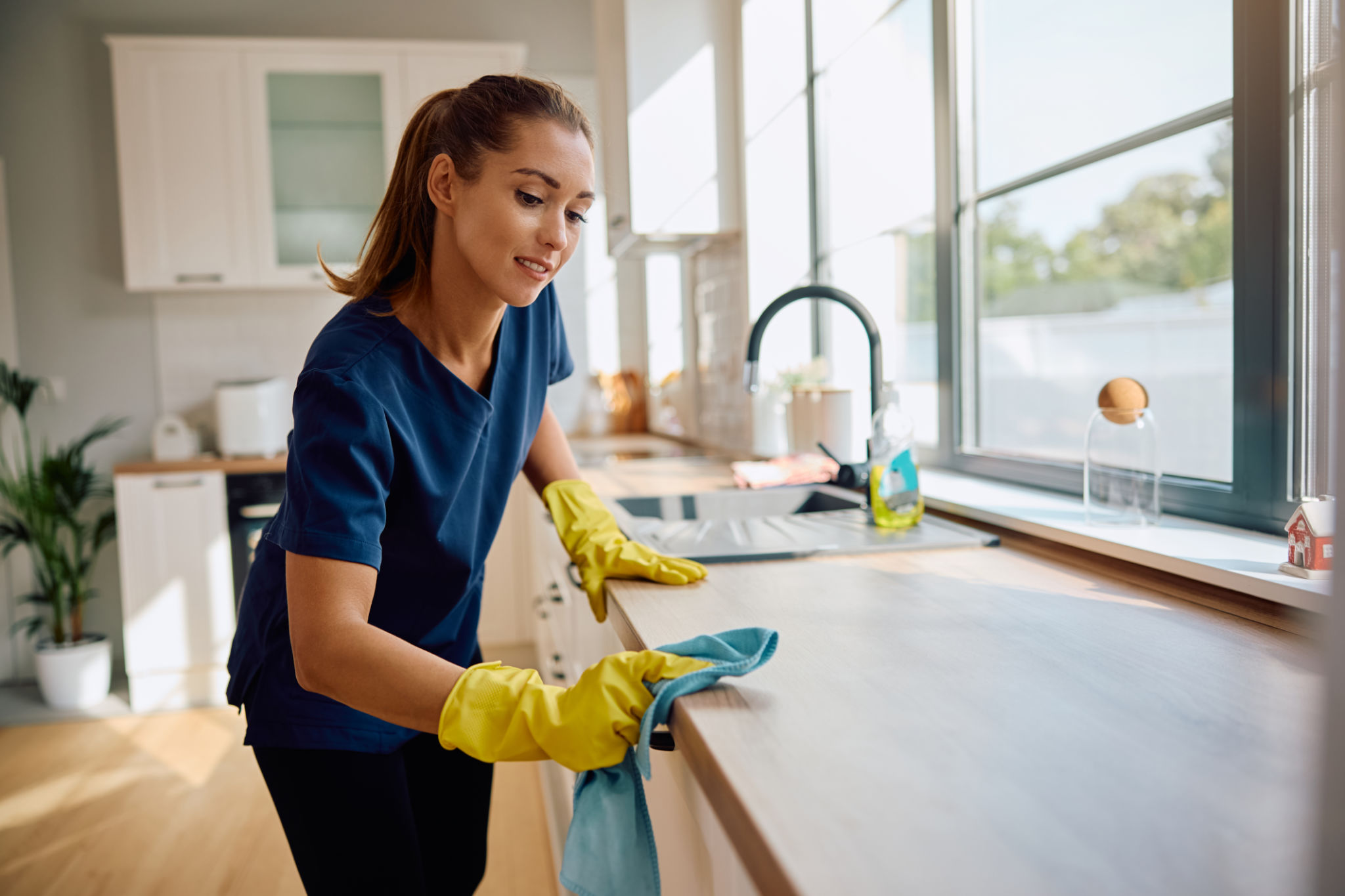How to Create a Toxin-Free Kitchen: Essential Tips and Tricks
Understanding Toxins in the Kitchen
Creating a toxin-free kitchen is essential for maintaining a healthy home environment. Many of the items and materials we use every day can introduce harmful chemicals into the air and onto our food. Understanding where these toxins come from is the first step to eliminating them. Common sources include cleaning products, non-stick cookware, and even certain types of food storage containers.
Being aware of these sources allows you to make informed decisions about the products you bring into your home. By selecting safer alternatives, you can significantly reduce your family's exposure to harmful substances.

Choosing Safe Cookware
Non-stick pans are popular for their convenience, but they can release toxic fumes when heated. Opt for safer options like stainless steel, cast iron, or ceramic cookware. These materials are not only durable but also free from harmful chemicals like PFOA and PTFE found in many non-stick coatings.
Additionally, consider investing in glass or stainless steel bakeware. These materials are not only toxin-free but also offer superior cooking performance. Regularly check your cookware for signs of wear and replace any damaged items to avoid potential contamination.
Switching to Natural Cleaning Products
Many conventional cleaning products contain harsh chemicals that can linger in your kitchen. Switching to natural cleaning products can help eliminate these toxins. Look for products made with plant-based ingredients or consider making your own using simple household items like vinegar, baking soda, and lemon juice.

Homemade cleaners are easy to make and just as effective as their commercial counterparts. They are also better for the environment and often cost less, making them a smart choice for any household.
Using Safe Food Storage Solutions
Plastic containers are convenient but can leach harmful chemicals into your food, especially when heated. Instead, opt for glass or stainless steel containers for storing leftovers and packing lunches. These materials are not only safer but also more durable and eco-friendly.
When using plastic, ensure it is labeled BPA-free, although it's best to minimize plastic use altogether. Maintaining a toxin-free kitchen also means being mindful of how you store and prepare your food to avoid contamination.

Ensuring Fresh Air Circulation
Good ventilation is crucial in reducing indoor air pollution. Ensure your kitchen has adequate airflow by opening windows or using exhaust fans while cooking. This helps dissipate any fumes from cooking and eliminates lingering odors.
Consider adding houseplants known for their air-purifying qualities, such as spider plants or peace lilies. They can improve air quality naturally while adding a touch of greenery to your space.
Choosing Organic Produce
Pesticides used on conventional produce can contribute to toxins in your kitchen. Whenever possible, choose organic fruits and vegetables to reduce exposure to these chemicals. If organic options are not available or affordable, focus on purchasing organic versions of produce known for higher pesticide residues, like strawberries and spinach.

Washing produce thoroughly with water or a natural produce wash can also help remove surface pesticides, ensuring your food is as clean and toxin-free as possible.
Regular Maintenance and Decluttering
A clean kitchen is a healthier kitchen. Regularly clean surfaces, appliances, and storage areas to prevent the build-up of dust and grime that can harbor toxins. Decluttering your kitchen also helps create a more organized and efficient space, reducing stress and making it easier to maintain cleanliness.
Schedule regular deep-cleaning sessions to tackle areas often overlooked in daily cleaning routines. Keep an eye on expiration dates for pantry items to ensure you’re not keeping spoiled or outdated food products.
